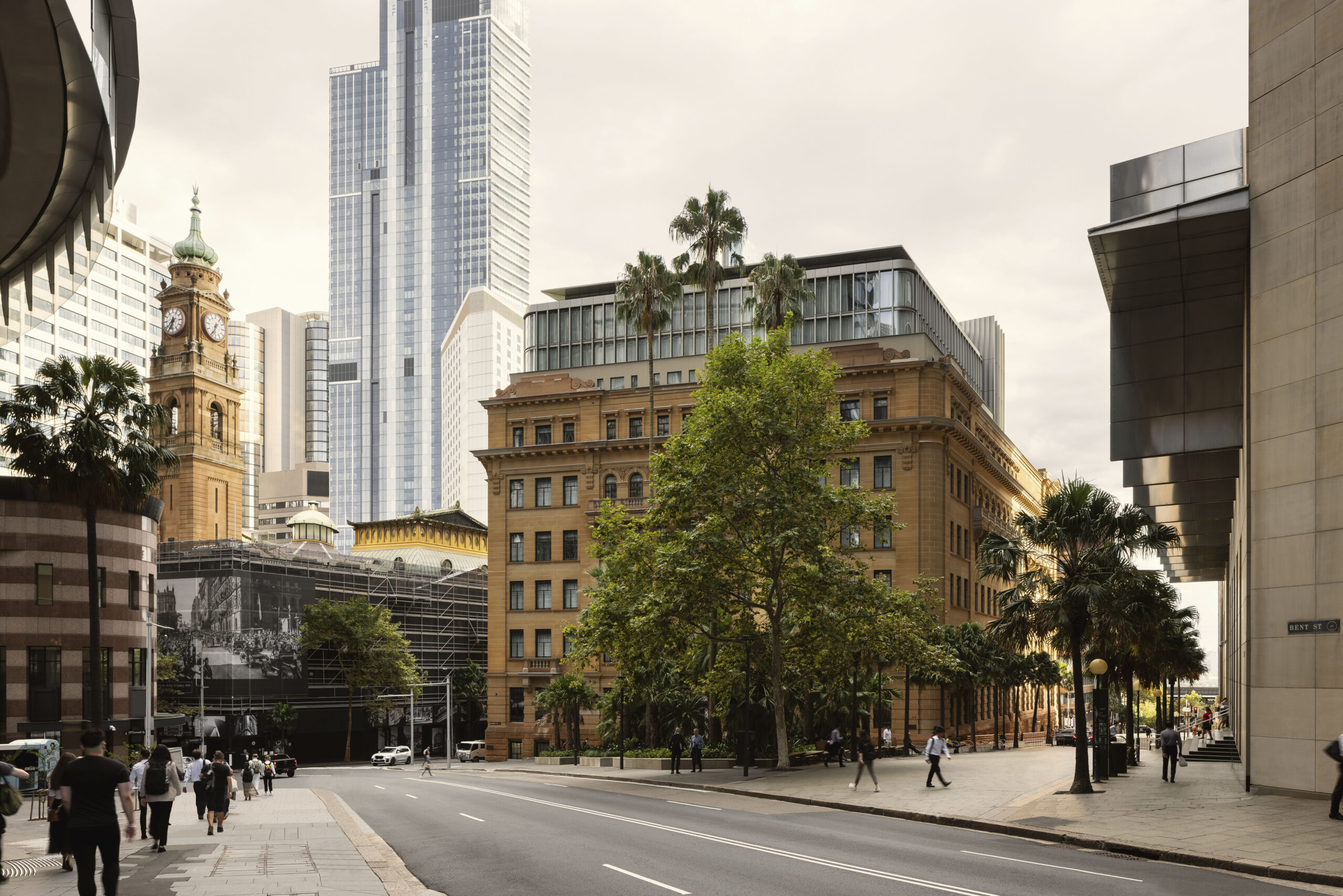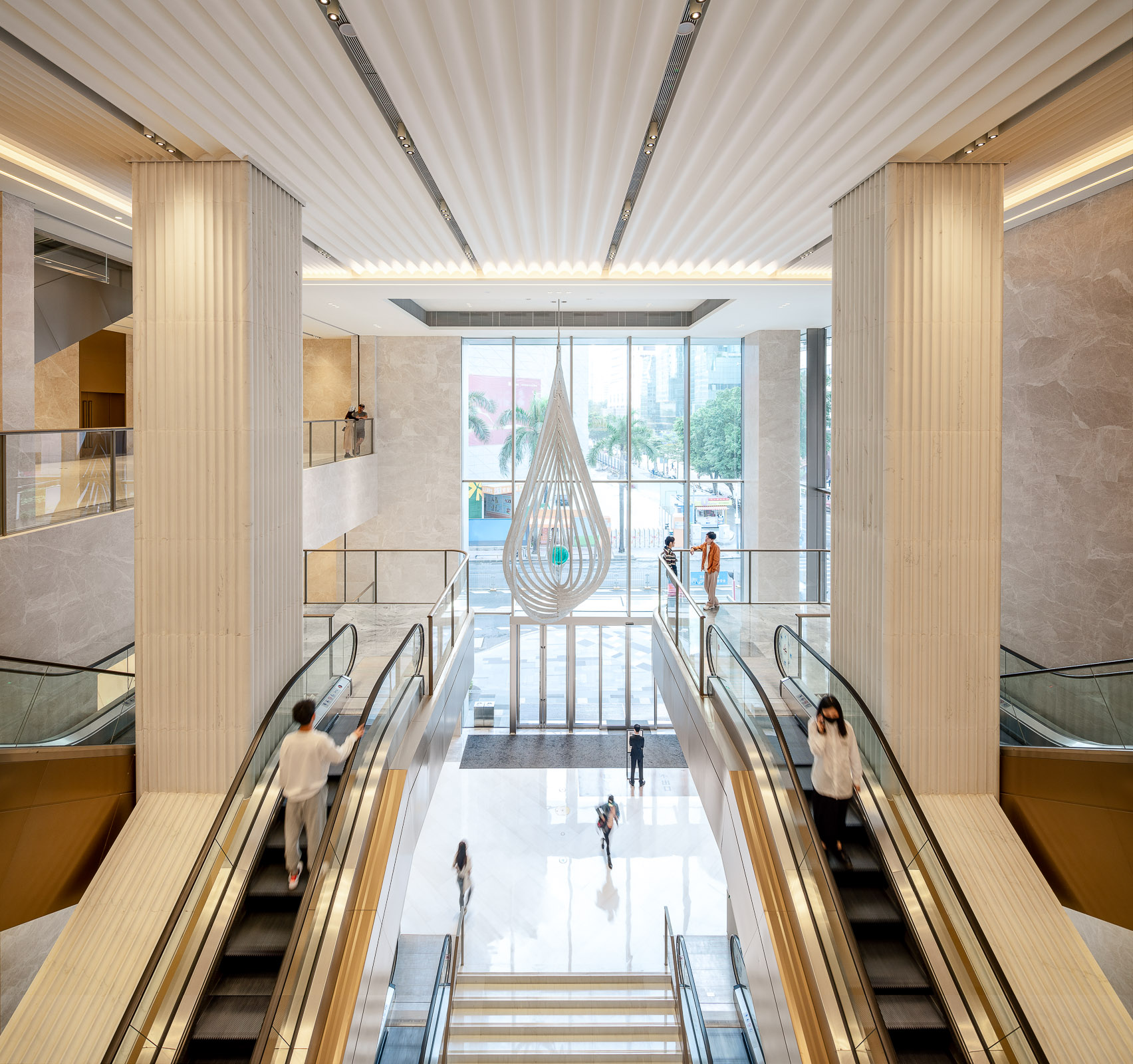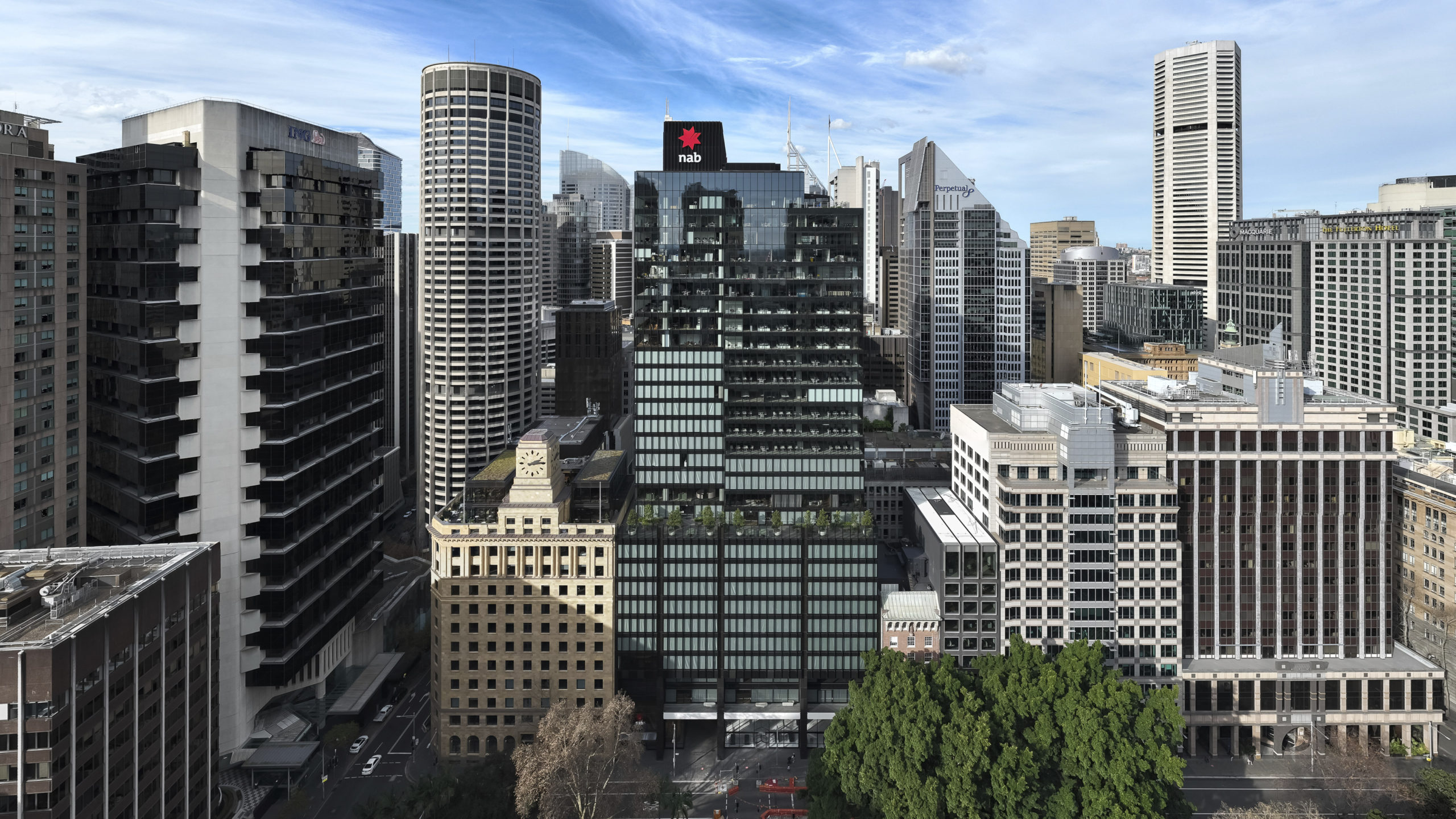
Throughout the design process, we’ve engaged with various stakeholders, existing user groups and members of the public to make sure we’re tailoring the centre to their needs. It’s important, both for us and the community, that we retain as much of the original building as possible, celebrating and preserving the grandeur of Cross’s design, and opening it up for the community to enjoy well into the future.
The model
This model was used during the public consultation for the Seymour Leisure Centre to explain the refurbishment design and communicate the various zones and uses in the building. As the model would be showcased to the public, it needed to be clear, legible and largely self-explanatory to allow anyone viewing it during a consultation session to be able to easily understand the proposals.

We decided to make three separate models – one for each level of the building – and mount them side by side on a display board. We also came up with a colour-coding system and series of labels to explain the different zones, highlighting the variety of uses in the building ranging from leisure, library and community spaces to back-of-house and office areas. This system allows members of the public to easily identify the areas they’re most interested in and see how the centre balances all the different uses across the three levels.
As the Seymour Centre is a Grade II-listed heritage building, it was important for us to include some of the architectural details that give the building its art deco identity. We used our 3D printer to create the facade, capturing the heritage features – particularly the window openings – then infilling with acrylic windows engraved with the existing window frame designs.

We also 3D printed the internal walls in sections; this sped up the assembly process and allowed us to increase the size of the model for the given timeframe.
Finally, we animated the model with silver furniture pieces and rainbow human figures. The figures help illustrate all the uses in the building, from swimming and wheelchair tennis to treatment rooms and the library with its café. They also enliven the model, communicating both ours and the council’s vision for a renewed community centre buzzing with activity.









































































































































































































































































